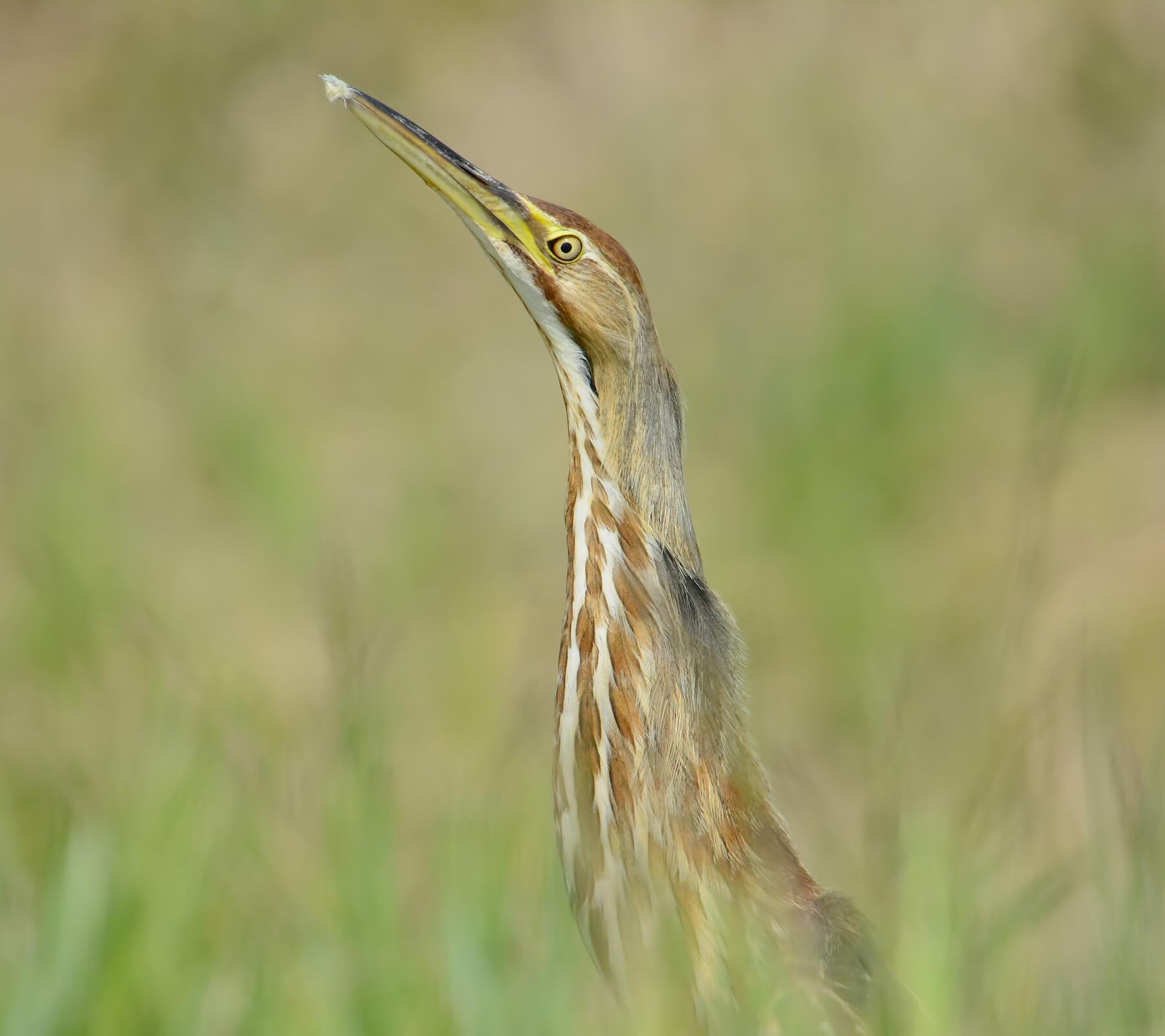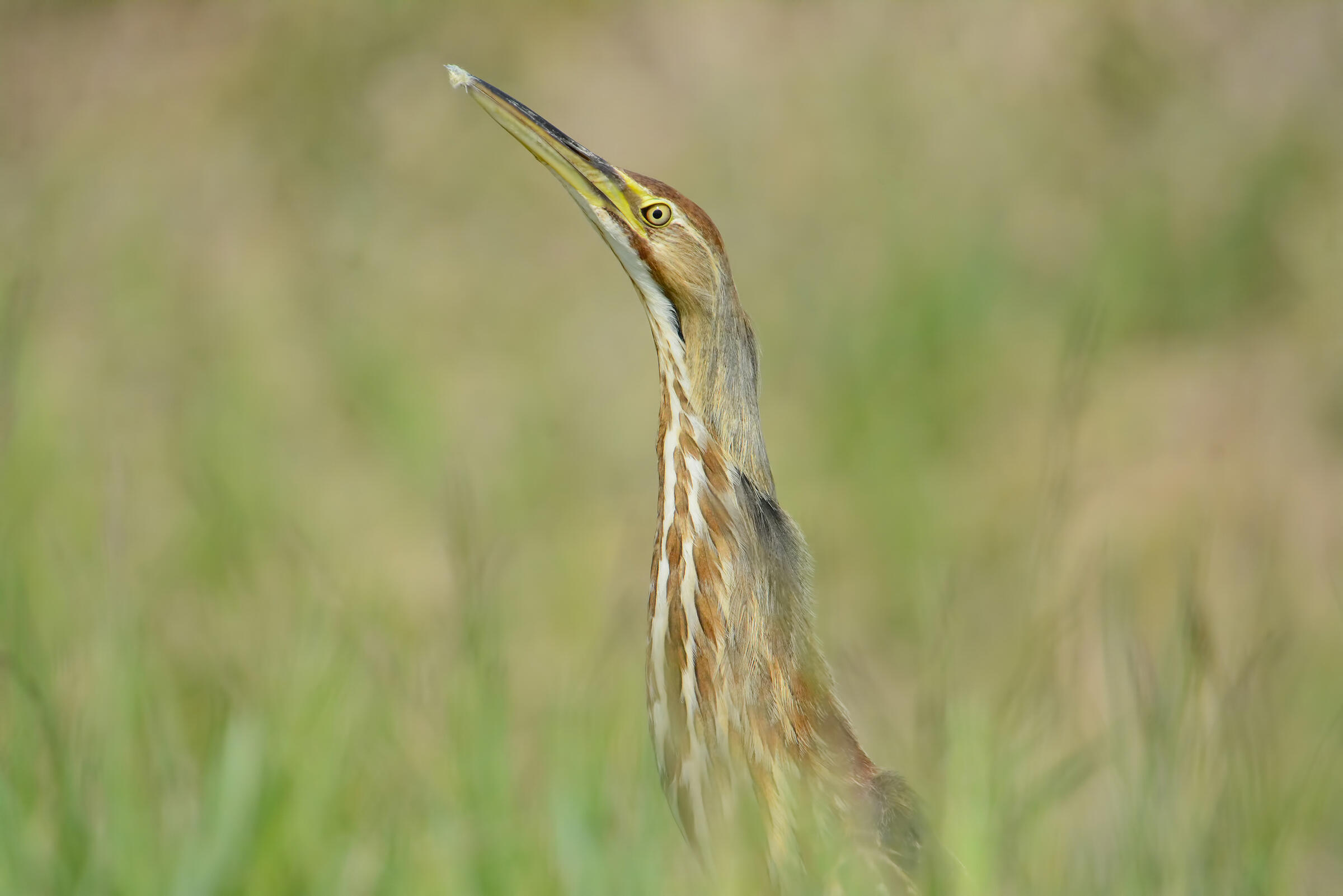Least Bittern
Latin: Ixobrychus exilis
Photo: Common Gallinule Photo Credit: Lynn Cleveland
Hemi-marsh wetland habitat in the Calumet region provides far-reaching benefits to marsh birds, other wildlife, and people; and after centuries of eradication and degradation through pollution, altered hydrology, climate change, and the introduction of invasive species, it will take sustained efforts to restore and maintain them into the future. Through partnerships, Audubon Great Lakes has established regular marsh bird and vegetation monitoring at 32 sites across the region that have informed habitat restoration. This monitoring is crucial to our wetland conservation efforts in Illinois and Indiana.
Marsh Bird Monitoring Hub
The Marsh Bird Data Hub is a tool that provides important resources to help inform restoration planning and collaborative decision-making to protect wetlands for declining marsh bird species. Land managers and conservationists can use this tool to better understand marshes in the Calumet region that are most threatened and inform decision making around restoration efforts to restore wetlands and marsh bird populations. You can access the Marsh Bird Data Hub here.


Photo: American Bittern. Photo: Diane Taylor
Learn more about marsh birds and monitoring sites in the Great Lakes region and data and visualzation resources to help inform conservation and restoration efforts.
Audubon chapters create a culture of conservation in local communities through education and advocacy, focusing on the conservation of birds and conservation of important habitats.
Help secure the future for birds at risk from climate change, habitat loss and other threats. Your support will power our science, education, advocacy and on-the-ground conservation efforts.